Diglycidyl ether
Bis(2,3-epoxypropyl)ether ; 2,2'-[Oxybis(methylene)]bisoxirane ; 2-(Oxiran-2-ylmethoxymethyl)oxirane ; 2-(Glycidoxymethyl)oxirane

Pour plus d’informations ou si vous avez des questions, veuillez nous envoyer un e-mail georganics@georganics.sk ou utiliser notre formulaire de contact
Informations réglementaires
CORROSIVE LIQUID, TOXIC, N.O.S. UN2922 8 (6.1)/ PG III
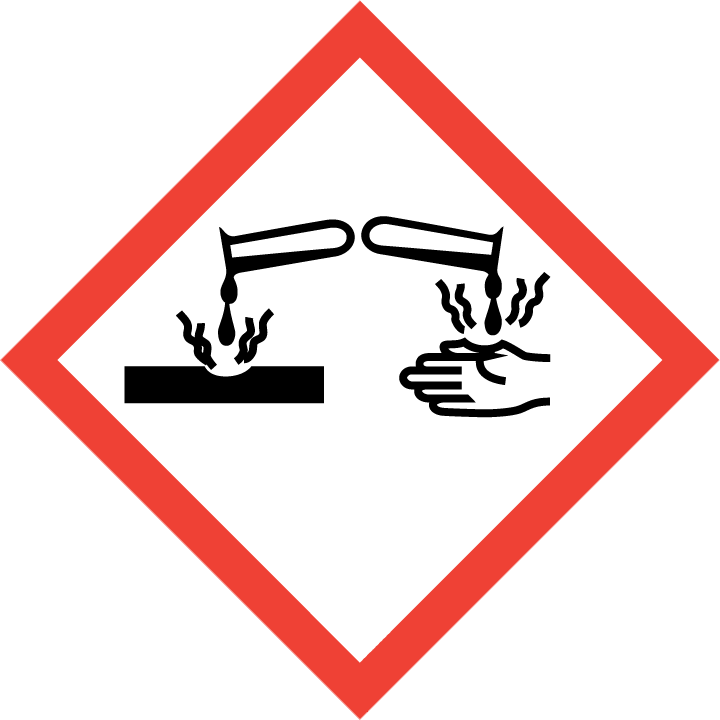
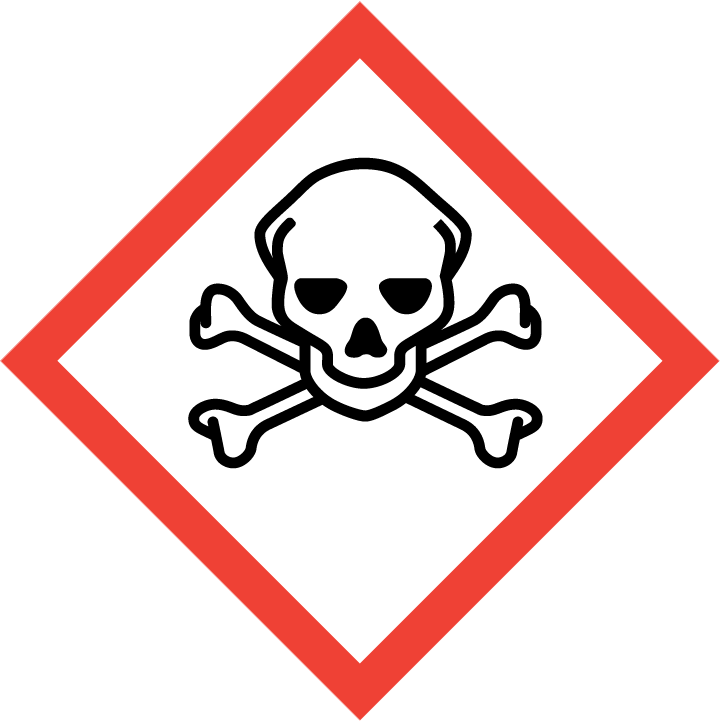
H302 – Nocif en cas d’ingestion.
H312 – Nocif par contact cutané.
H314 – Provoque des brûlures de la peau et des lésions oculaires graves.
H330 – Mortel par inhalation.
P280 – Porter des gants de protection/des vêtements de protection/un équipement de protection des yeux/du visage.
P310 – Appeler immédiatement un CENTRE ANTIPOISON ou un médecin.
P301+330+331 – EN CAS D’INGESTION: rincer la bouche. NE PAS faire vomir.
P302+352 – EN CAS DE CONTACT AVEC LA PEAU: laver abondamment à l’eau et au savon.
P304+340 – EN CAS D’INHALATION: transporter la victime à l’extérieur et la maintenir au repos dans une position où elle peut confortablement respirer.
P305+351+338 – EN CAS DE CONTACT AVEC LES YEUX: rincer avec précaution à l’eau pendant plusieurs minutes. Enlever les lentilles de contact si la victime en porte et si elles peuvent être facilement enlevées. Continuer à rincer.
Catégorisation des produits
Description
Diglycidyl ether est un composé chimique utile avec une variété d'utilisations de recherche. Nous sommes heureux d'offrir des Diglycidyl ether de haute qualité dans différentes tailles (pour la recherche, l’échelle pilote ou les applications de production) du milligramme aux lots de plusieurs kilogrammes, ce qui vous permet de sélectionner facilement la bonne quantité pour vos besoins.
Afficher la description complèteGeneral description of Diglycidyl ether:
Application of Diglycidyl ether:
It is used as a reactive diluent for epoxy resin, as a chemical intermediate, stabilizer of chlorinated organic compounds and as a textile-treating agent. Considering this class of compounds, there are several commercially substances available with much lower toxicity profile, such as Bisphenol A diglycidyl ether.[4]Product categorization (Chemical groups):
Main category: Second level: Third level: ______________________________________________________________________________________Produits similaires
| Nom du produit | Structure | Numéro CAS | G-code | |
|---|---|---|---|---|
| 5-Acetyl-2-amino-4-(4-methoxyphenyl)-6-methyl-4H-pyran-3-carbonitrile | 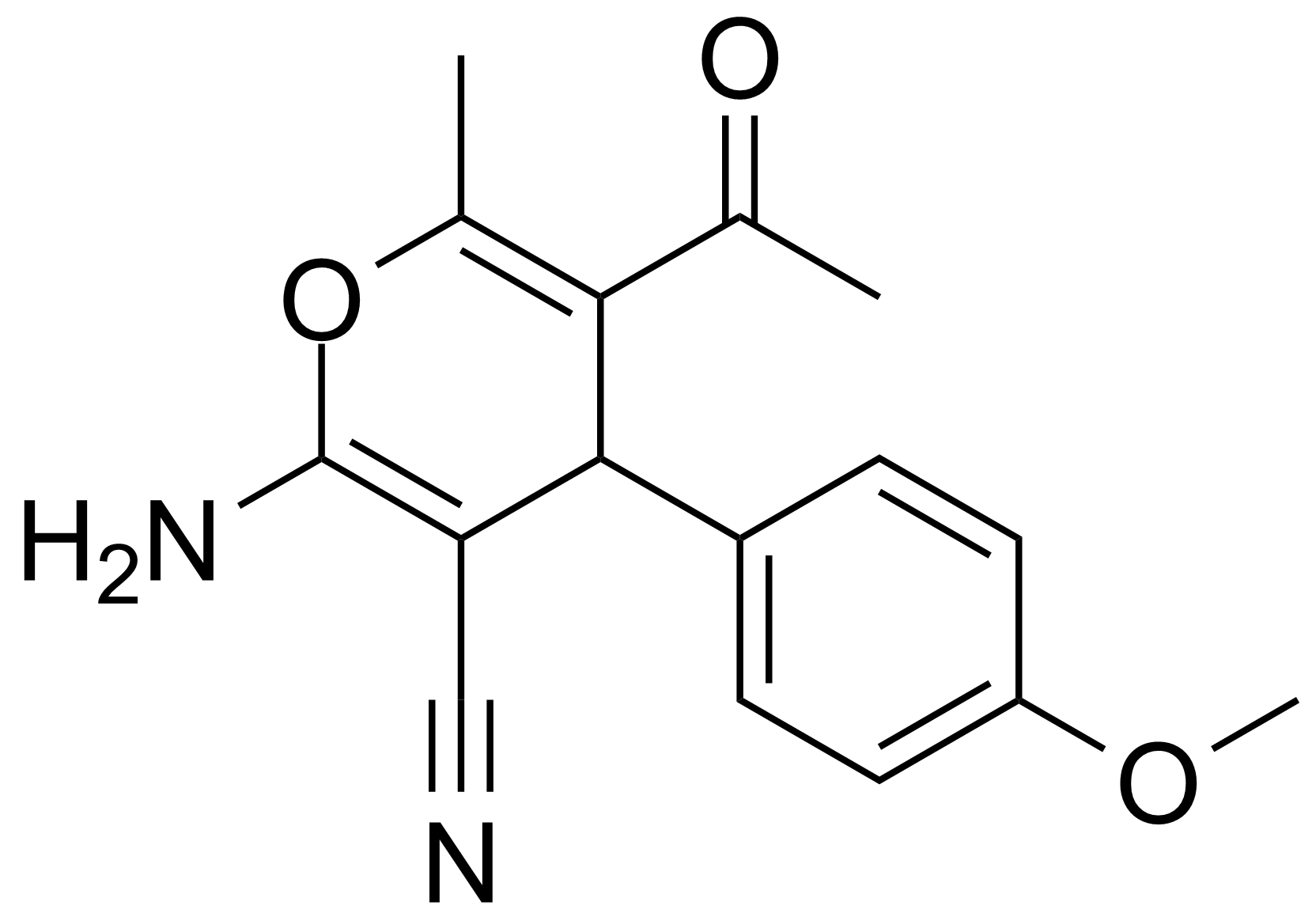 | [105263-07-8] | GEO-00017 | |
| 2-(Allyloxy)phenol |  | [1126-20-1] | GEO-04471 | |
| 4-Allyloxy 2,2,6,6-tetramethylpiperidine | 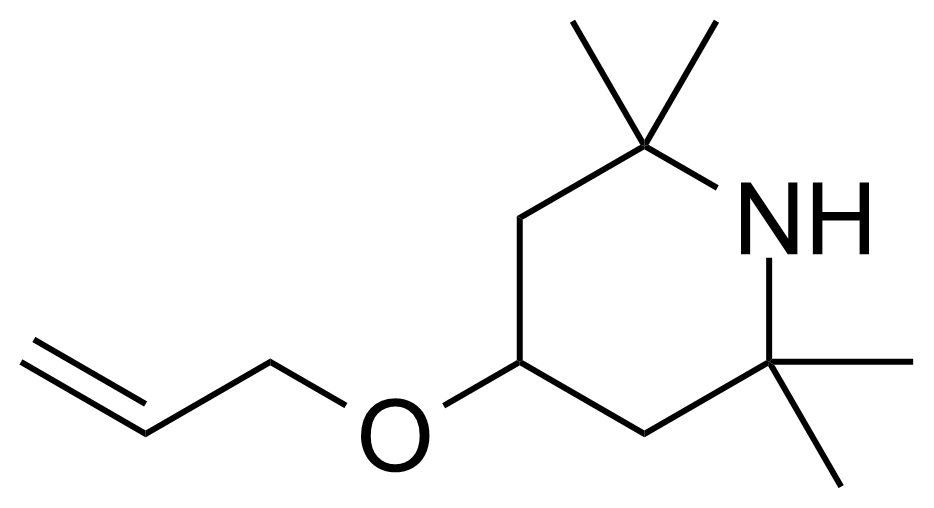 | [43224-75-5] | GEO-03985 | |
| 4-Amino-3-methoxybenzoic acid | 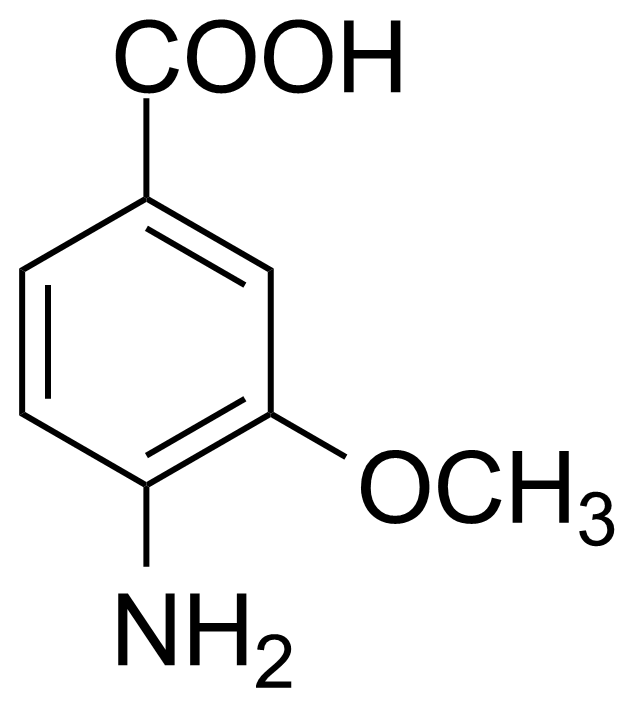 | [2486-69-3] | GEO-00154 | |
| 2-Amino-4-methoxyphenol |  | [20734-76-3] | GEO-03978 | |
| 1,5-Anhydro-3,4,6-tri-O-benzyl-2-deoxy-D-arabinohex-1-enitol | 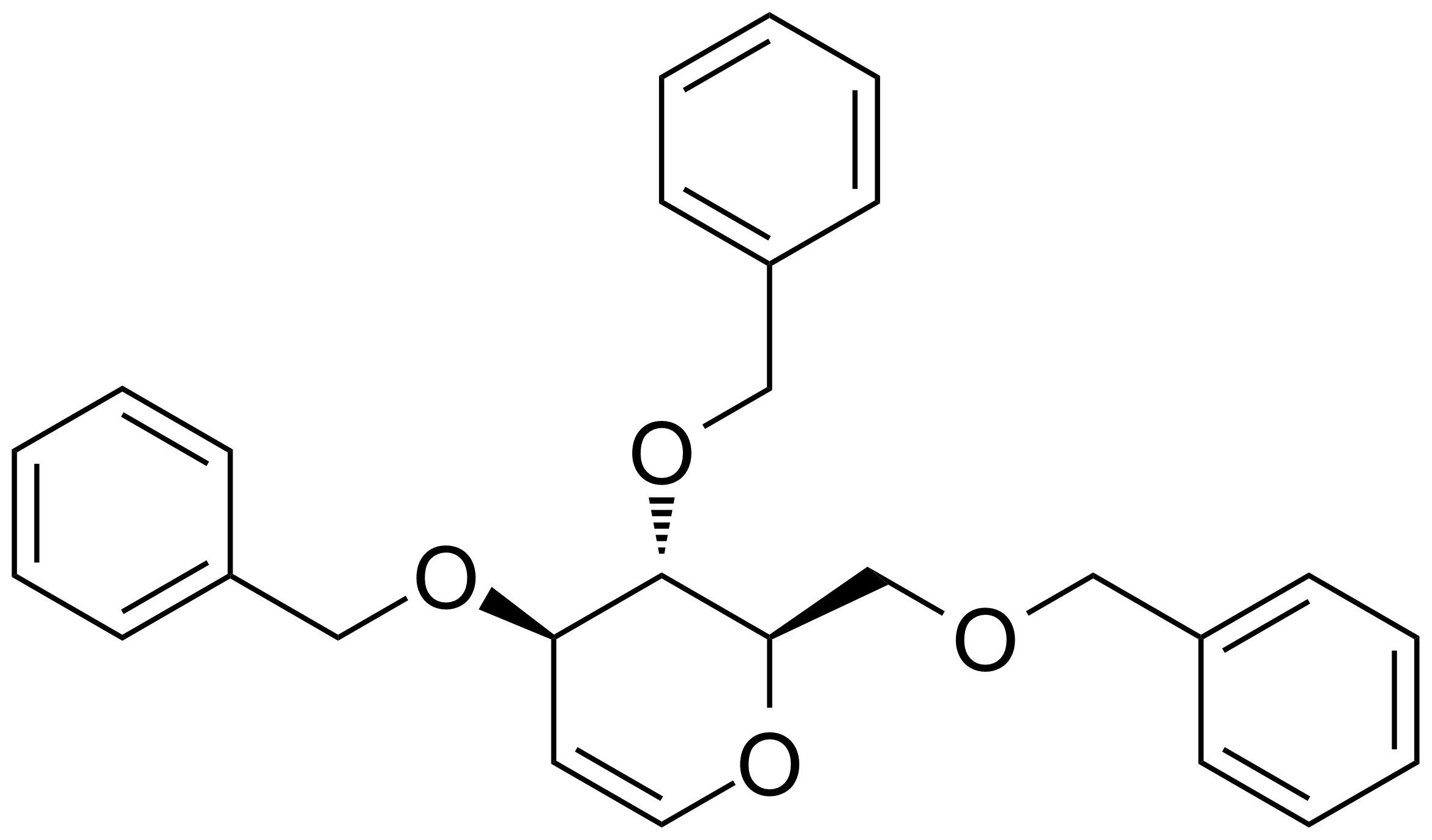 | [55628-54-1] | GEO-00234 | |
| (R,S)-Atenolol |  | [29122-68-7] | GEO-03413 | |
| (R)-(+)-Atenolol |  | [56715-13-0] | GEO-02767 | |
| (S)-(-)-Atenolol |  | [93379-54-5] | GEO-02804 | |
| 4-(2-(Benzofuran-2-yl)quinolin-4-yl)morpholine | 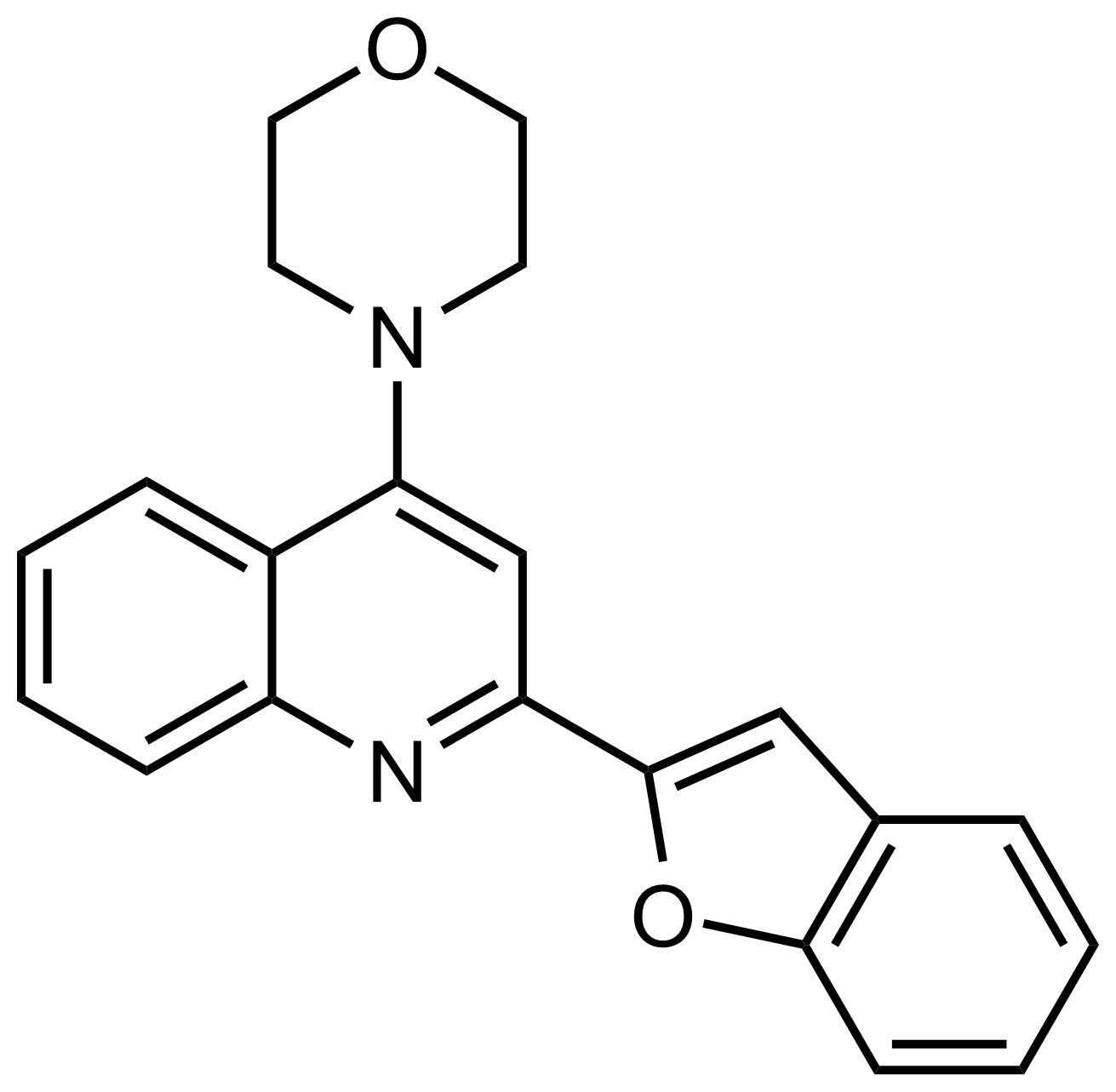 | N/A | GEO-03294 |
